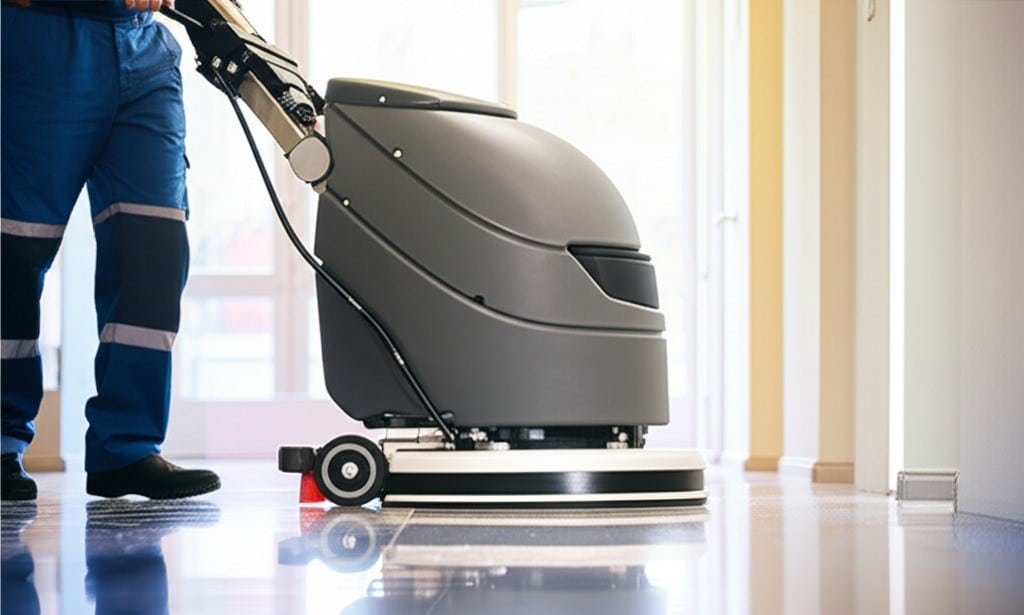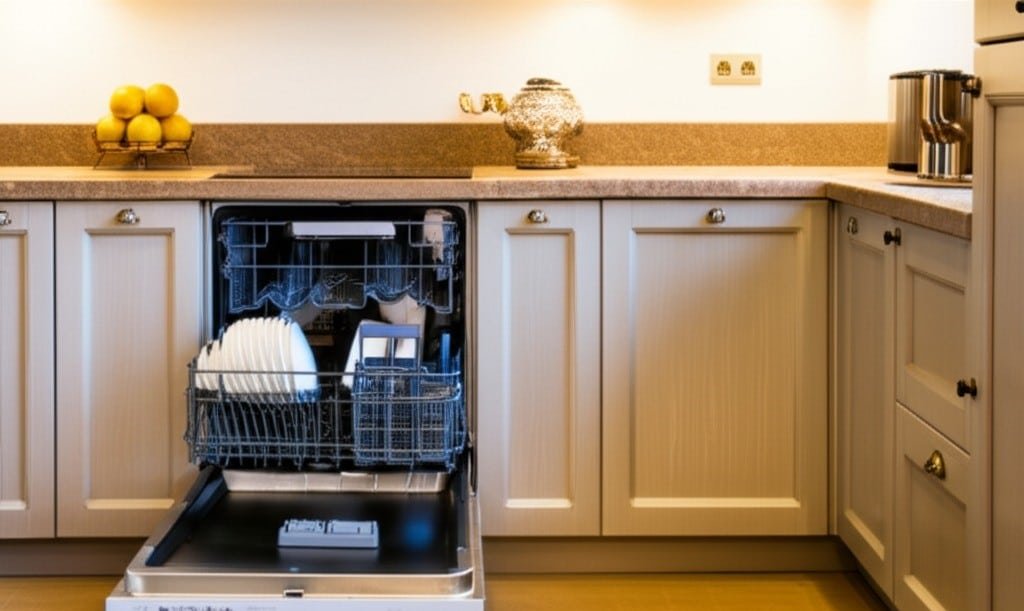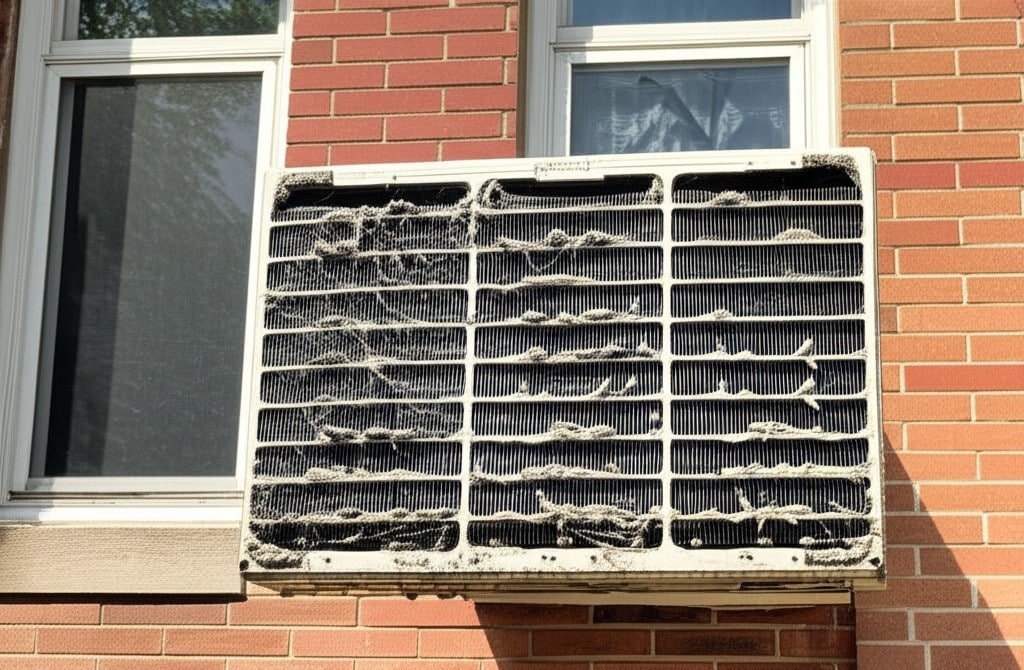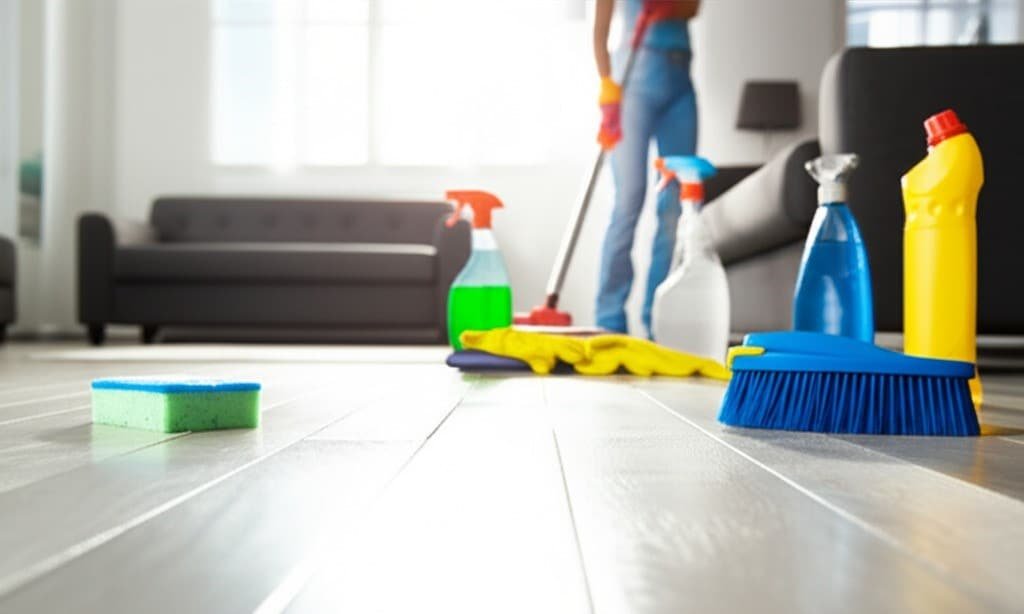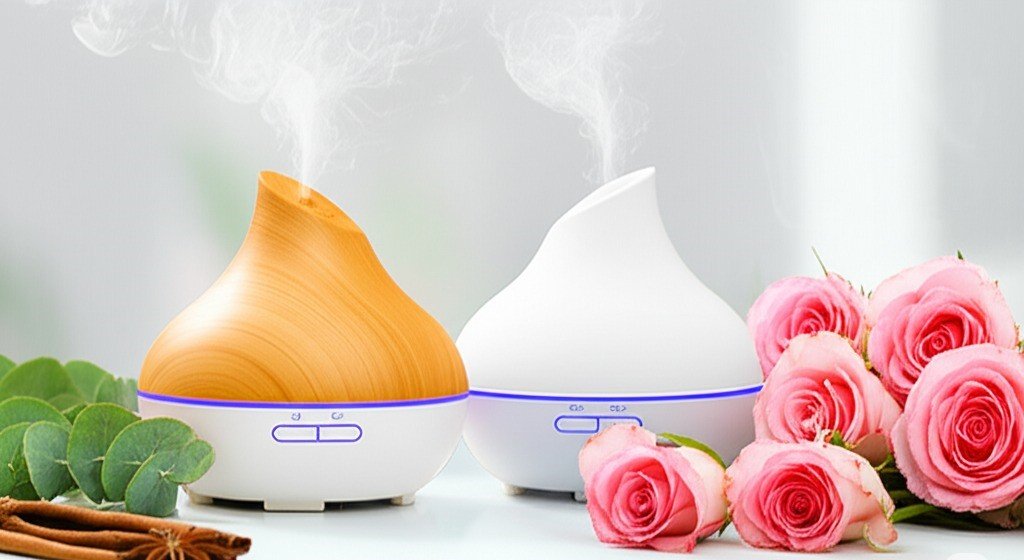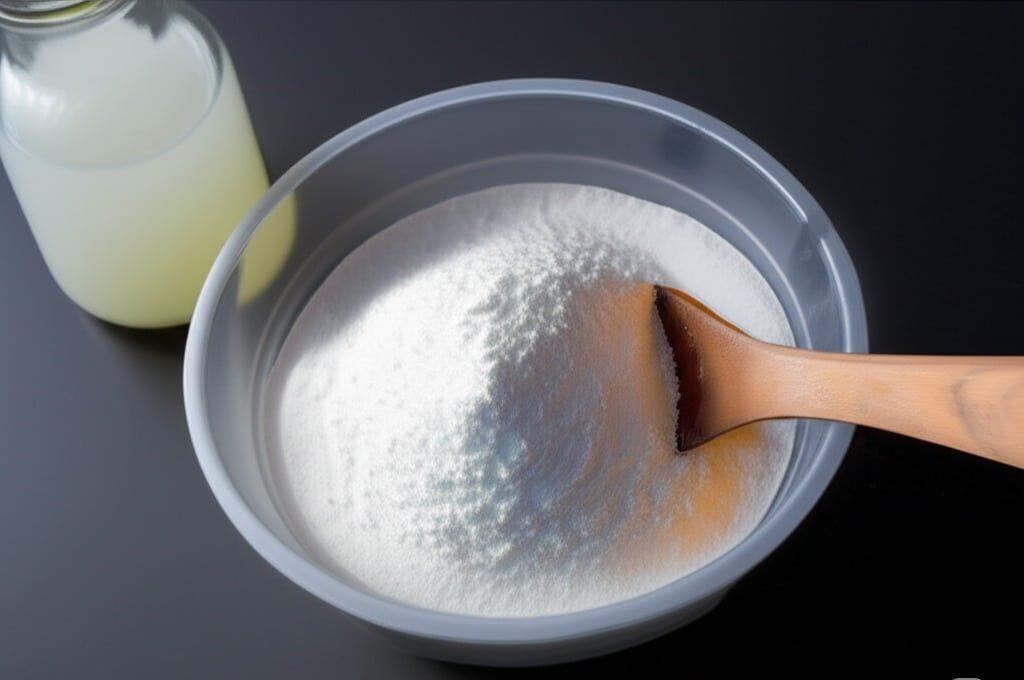5 Benefits of Professional Floor Cleaning
The floors of a residence are its foundation, bearing the weight of daily life. They endure constant traffic, spills, shifting furniture, and the slow, persistent accumulation of dust, soil, and contaminants. A clean floor is not merely an aesthetic choice; it is fundamental to the overall health, longevity, and atmosphere of a home. While routine sweeping and mopping are necessary maintenance, they often only address the surface layer of dirt, leaving behind deep-seated grime, allergens, and bacteria that can degrade both the flooring material and the indoor air quality. Professional residential floor cleaning services address this gap, employing specialized knowledge, equipment, and solutions to restore floors to a state of true cleanliness. 1.Hardwood Hardwood floors, prized for their natural beauty and warmth, require a delicate and knowledgeable approach. Their organic nature makes them susceptible to damage from excessive moisture, abrasive materials, and improper cleaning chemicals. A professional cleaning process for hardwood begins not with water, but with a thorough dry soil removal. This involves using commercial-grade vacuums equipped with soft-bristle heads and HEPA filters. Unlike standard household vacuums, these machines are designed to capture microscopic particles of dust, dander, and allergens without scratching or scuffing the wood’s delicate finish. The HEPA filtration is crucial, ensuring that these airborne irritants are trapped within the machine rather than being recirculated into the home’s environment. Once all loose debris is removed, the next step involves a carefully controlled damp cleaning. The key term here is “damp,” not “wet.” Excessive water can seep between the planks, causing them to swell, warp, or cup over time. Professionals use high-quality microfiber mops, which hold just enough cleaning solution to be effective without oversaturating the floor. The cleaning solution itself is of paramount importance. A pH-neutral cleaner specifically formulated for wood is used. Common household cleaners are often too acidic or too alkaline, which can break down the polyurethane or wax finish, leaving the floor looking dull and feeling sticky. A professional-grade, pH-neutral solution effectively lifts embedded dirt and oils without compromising the protective layer of the wood. For floors with more significant wear, a service may include professional buffing. Using a low-speed rotary floor machine with a soft pad, this process gently abrades the very top layer of the finish to remove minor scuffs and restore a uniform, lustrous sheen that hand-cleaning cannot replicate. 2.Laminate Laminate flooring presents a different set of challenges. While it is designed to be durable and resistant to scratches and fading, its core is typically made of high-density fiberboard, which is extremely vulnerable to water damage. When water penetrates the seams between laminate planks, it can cause the core to swell and blister, creating permanent damage that is impossible to repair. Professional cleaning of laminate flooring, therefore, prioritizes minimal moisture. The process mirrors that of hardwood with a meticulous dry vacuuming first. Following this, a lightly dampened microfiber mop is used with a cleaning agent specifically designed for laminate. These cleaners are formulated to evaporate quickly and leave no residue, preventing the streaks and hazy films that often result from using all-purpose cleaners. Steam mops are strictly avoided by professionals on laminate and most engineered wood floors, as the high heat and pressurized steam can force moisture into the seams and delaminate the layers of the plank. Perhaps the most dramatic transformations are seen in the cleaning of tile and grout. While ceramic and porcelain tiles are themselves non-porous and relatively easy to clean, the grout lines between them are a different story. Grout is a porous, cement-based material that acts like a sponge, absorbing dirt, grease, soap scum, and bacteria. Over time, it becomes discolored, turning from its original light shade to a dark, grimy brown or black. Regular mopping often makes the problem worse, as the dirty water settles into the low-lying grout lines. 3.Profissional Tile A professional tile and grout cleaning service is a multi-stage, intensive process. It begins with the application of a powerful, high-alkaline cleaning solution that is designed to break down the years of accumulated soil and grease. This solution is allowed to dwell on the surface for a period of time, penetrating deep into the pores of the grout. Following the dwell time, the real work begins. Technicians use specialized grout brushes and, in some cases, low-speed orbital scrubbers to agitate every single grout line, loosening the deeply embedded grime. The final and most critical step is the extraction. This is accomplished with a high-pressure, hot-water extraction system, often powered by a truck-mounted unit. The tool simultaneously sprays water at high pressure to dislodge the dirt and uses a powerful vacuum to suck up the cleaning solution and all the loosened filth, leaving the tile and grout lines exceptionally clean. To complete the service, professionals will recommend and apply a clear penetrating grout sealer. This sealer soaks into the porous grout and creates an invisible barrier, preventing future dirt and spills from being absorbed and making routine maintenance far easier. 4.Resilient Flooring Resilient flooring, such as luxury vinyl tile (LVT) and linoleum, also benefits greatly from professional care. While durable and water-resistant, these floors can suffer from scuffs, scratches, and a buildup of old floor finish or wax that has yellowed and trapped dirt over time. A professional restoration service for these floor types is known as stripping and waxing. This is a labor-intensive process that completely revitalizes the floor. It starts with the application of a chemical floor stripper, a potent solution that dissolves the old layers of acrylic finish. A rotary floor machine equipped with an aggressive stripping pad is then used to scrub the entire surface, breaking down the old wax. The resulting slurry of dissolved finish and dirt is meticulously removed with a wet-dry vacuum. The floor is then neutralized with a clean water rinse to ensure all stripping chemicals are gone. Once the floor is perfectly clean and dry, new coats of high-quality floor finish or wax are applied. This is done in several thin, even coats, with
